Changing from a swimming tadpole to a jumping frog is truly incredible. The change is gradual since almost every organ is modified during metamorphosis.
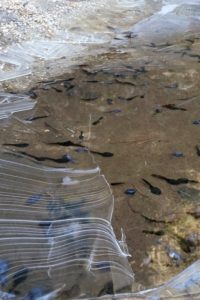
A tadpole starts with no legs, a fish-like tail and breathes with gills. During metamorphosis four major changes occur: 1) back legs grow and then front legs, 2) reabsorb tail, 3) change from breathing with gills to lungs, and 4) diet changes from plants to live animals.
To accommodate the change in diet from herbivorous to carnivorous, the large intestine shortens and the horny teeth disappear and tongue muscles develop. Tadpoles use their horny teeth to eat pond plants and the occasional insect or other tadpole. Frogs use their tongue muscles to catch flies, insects, sowbugs and other invertebrates. Without teeth, frogs swallow their prey whole.
Once the lungs develop, the frog becomes a terrestrial hunter instead of an aquatic herbivore.
Tadpoles are very resourceful. When the front legs start growing, the tail starts being reabsorbed and used as a food source. Likewise, adult frogs shed their skin once a week by pulling it off like a sweater and then eating it for the nutrients!
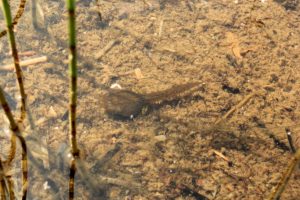
Even though frogs are adapted to life on land after metamorphosis, they still spend a lot of time around or in water. In drier regions, frogs seek spots where humidity is high such as in burrows or under moist leaves. They can breathe with their lungs and through their skin because it is thin enough to let oxygen and other gases through.
Once developed, the cycle of life continues. Female frogs lay eggs in spring when the photoperiod (hours of daylight) and temperature reach a certain threshold. Some male frogs make all their sperm the previous summer so it is available for the spring breeding season.
When a female frog lays eggs, they are jelly coated to protect them from bacteria, attract sperm and make them bigger so they are less likely to be eaten. Each species lays its eggs in a certain area such as free-floating in the center of the pond or adhered to vegetation around the pond edge.
The number of eggs varies depending on species. The pacific chorus frog lays eggs in clumps of 10 or 70 while the bullfrog lays up to 20,000 eggs.
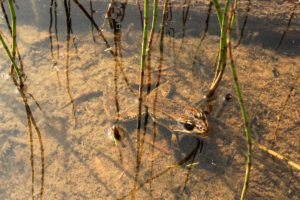
The tadpole hatches from the egg jelly once gills are formed, neuron connections are made, and the mouth and anus are formed. Hatching usually coincides with the yolk supply being exhausted and the tadpole being ready to feed itself.
Most tadpoles will develop into frogs in the summer but some overwinter as tadpoles depending on when the eggs were laid and other conditions. If there is plenty of food, some tadpoles will delay metamorphosis until the next year because larger tadpoles turn into larger frogs and can escape predators easier.
The transformation from tadpole to frog can be fast or slow depending on conditions. Either way, a lot of changes occur during that time to transform a swimming tadpole into a fly-catching frog.

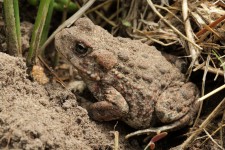
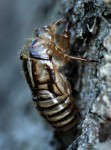
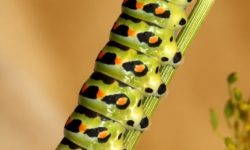
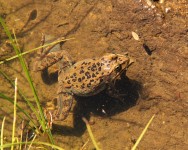
Very cool, just another example of metamorphosis and how things change